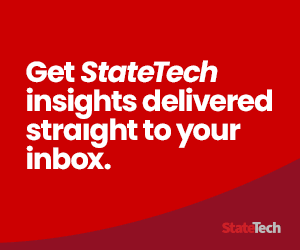Workplace Modernization Streamlines Decision-Making
North Carolina CIO Teena Piccione says collaboration platforms empower state workers to deliver at the highest levels. “We want to share ideas, information and resources quickly and easily, with the goal of fostering seamless collaboration that leads to innovative solutions,” she says.
“Information technology, including the strategic use of collaboration platforms, plays an important role in connecting people and teams in our agency, throughout state government and across North Carolina,” Piccione adds.
Microsoft Teams supports both individual collaboration and project-oriented efforts. Individuals connect via chat, “and if you’re running a project, people usually have a Teams site for that project where they’re collaborating from a file perspective,” Nathaniel says.
“We have project managers who use it for initiating projects and managing all the items associated with their projects. They are doing real-time collaboration to provide that streamlined decision-making — organizing tasks, deadlines and so forth,” he says.















